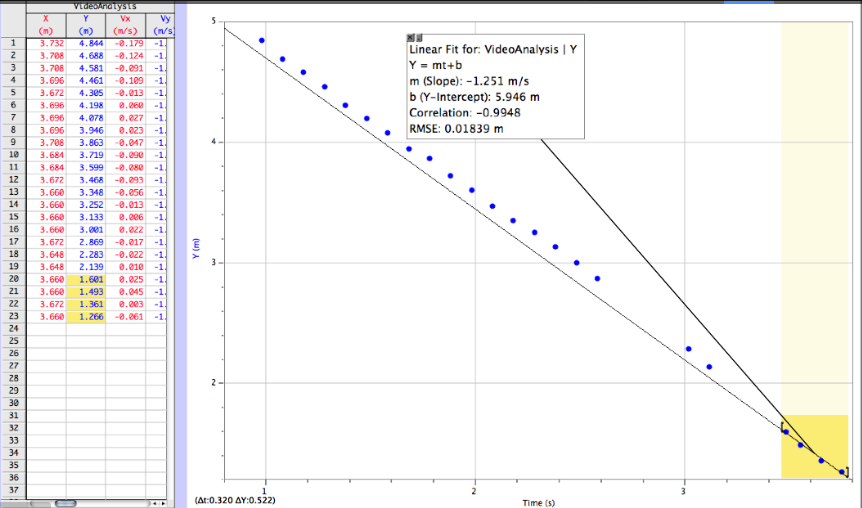Part 1: Static Friction:
Static friction describes the friction force acting between two bodies when they are not moving relative to one another.
Purpose:
determine the coefficient of static friction
materials:Set up:
Procedure:
Scales
Wooden blocks
A cup
Water
Pulley
String
Place the felt-side of the block o the lab table. Tie a string to the blockand over a pulley at end of the lab table.
1. Weigh a wooden block and record it;
2. Add water to the cup shown a little bit of a time until the block just starts to slip, record the mass of the cup with water.
3. Weigh three different wooden blocks and record each value, add a wooden block a time, then repeat step 2.
3. Determine the coefficient of static friction.
Part 3: Static Friction From A Sloped Surface
Place a block on a horizontal surface. Slowly raise one end of the surface, tilting it until the block starts to slip. Use the angle at which slipping just begins to determine the coefficient of static friction between the block and the surface.
Part 4: Kinetic Friction From Sliding a Block Down And Incline
With a motion detector at the top of an incline steep enough that a block will accelerate down the incline, measure the angle of the incline and the acceleration of the block and determine the coefficient of kinetic friction between the block and the surface from your measurements.
Part 5: Predicting The Acceleration of a Two-mass System
Using the coefficient of kinetic friction results from experiment (4) above, derive and expression for what the acceleration of the block would be if using a hanging mass sufficiently heavy to accelerate the system.




























.jpg)
.jpg)





